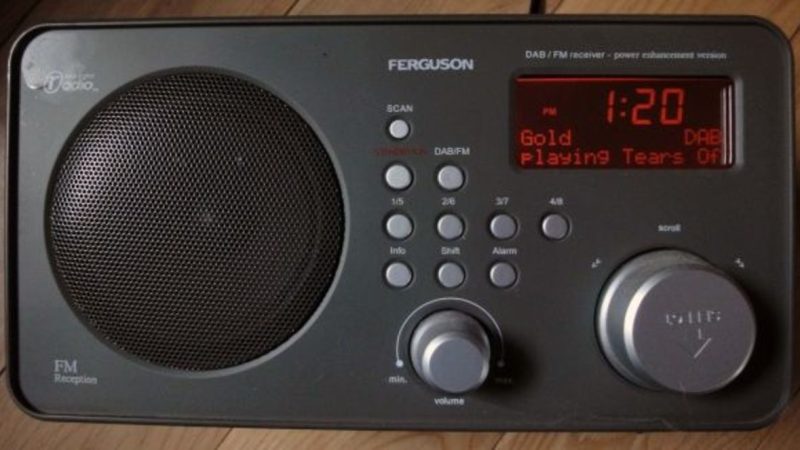The Role of Radio in Emergency Communication

In times of crisis, reliable communication is essential for coordinating response efforts, disseminating information, and ensuring public safety.
Radio has consistently proven to be a critical tool in emergency communication, providing a dependable means to reach wide audiences, especially when other communication networks fail. This article explores the pivotal role of radio in emergency situations, its advantages, and real-world examples of its effectiveness.
Why Radio is Essential in Emergencies
Radio technology offers several unique benefits that make it indispensable during emergencies:
1. Resilience and Reliability: Radio broadcasts are less susceptible to disruptions compared to other communication systems. While internet and mobile networks can be overwhelmed or damaged during disasters, radio stations often continue to operate, ensuring that crucial information reaches the public.
2. Wide Reach: Radio signals cover extensive areas, including remote and rural regions where other forms of communication might be limited. This wide reach ensures that information can be disseminated quickly and efficiently to all affected areas.
3. Simplicity and Accessibility: Most households have access to a radio, whether it’s a car radio, a battery-operated device, or an integrated system in home appliances. Additionally, radio requires no specialized knowledge to operate, making it accessible to people of all ages and technical proficiencies.
4. Real-Time Updates: Radio provides immediate, real-time updates. During fast-evolving situations, such as natural disasters or security threats, the ability to broadcast live information is crucial for public safety and coordination of emergency responses.
Radio in Action: Real-World Examples
1. Natural Disasters: During hurricanes, earthquakes, and floods, radio has been a lifeline for affected communities. For instance, during Hurricane Katrina in 2005, when much of New Orleans was flooded and power lines were down, radio stations like WWL-AM continued to broadcast critical updates, rescue information, and emergency instructions, helping to save lives and coordinate relief efforts.
2. Terrorist Attacks: In the aftermath of the 9/11 attacks in 2001, many communication networks were overwhelmed. Radio stations in New York City and across the United States played a vital role in providing continuous updates, guiding people to safety, and offering a platform for authorities to communicate with the public.
3. Wildfires: In regions prone to wildfires, such as California, radio stations provide real-time information about fire locations, evacuation routes, and shelter locations. These broadcasts are crucial for timely evacuations and ensuring that residents stay informed about changing conditions.
4. Health Emergencies: During the COVID-19 pandemic, radio served as an essential medium for disseminating public health information, updates on lockdown measures, vaccination campaigns, and guidelines for preventing the spread of the virus. Radio’s ability to reach diverse populations, including those without internet access, was particularly valuable.
Enhancing Emergency Communication with Modern Radio Technology
Modern advancements in radio technology have further enhanced its role in emergency communication:
1. Digital Radio: Digital radio technologies, such as Digital Audio Broadcasting (DAB) and HD Radio, provide clearer sound quality and the ability to transmit additional data. This can include text messages with emergency alerts, maps, and other critical information.
2. Satellite Radio: Satellite radio offers a robust alternative when terrestrial radio signals are compromised. Services like SiriusXM can provide continuous broadcasts even in areas affected by natural disasters or infrastructure damage.
3. Internet Radio and Streaming: While traditional radio remains vital, internet radio and streaming services offer additional platforms for emergency communication. These services can reach a global audience and provide redundancy in case of local broadcast interruptions.
4. Emergency Broadcast Systems: Many countries have established emergency broadcast systems that leverage radio to disseminate urgent information. In the United States, the Emergency Alert System (EAS) enables authorities to interrupt regular programming to deliver critical messages.
Conclusion
Radio’s role in emergency communication cannot be overstated. Its resilience, wide reach, and accessibility make it a cornerstone of public safety efforts during crises. As technology continues to evolve, radio remains a reliable and effective tool for ensuring that vital information reaches those who need it most. By integrating traditional radio with modern advancements, we can enhance our emergency communication capabilities and better prepare for future challenges.


